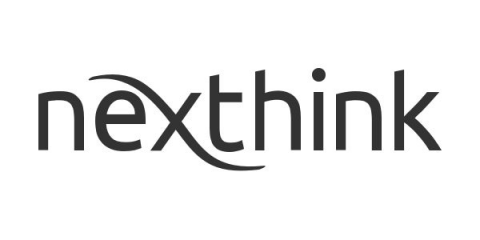300 Tickets & Counting: Clearing Up Confusion Over Multi-Factor Authentication
Most remote employees are probably familiar with a security practice known as multi-factor authentication (MFA), even if they cannot technically define it. If you’ve ever tried to complete an online purchase and were met with a string of security questions or received a one-time password (OTP) on your mobile device—then you’ve participated in an MFA process.



